The Best and Worst Cuts of Meat To Buy, According to Butchers
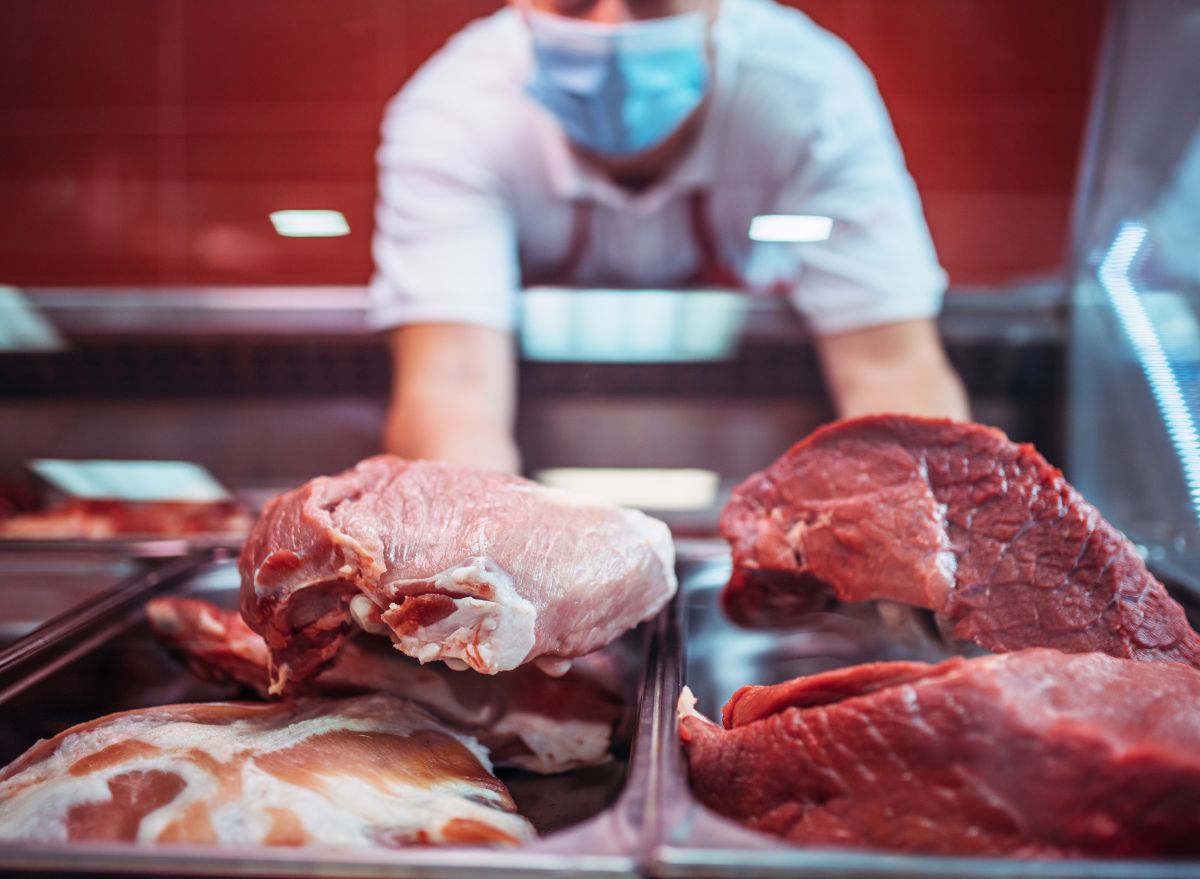
There's nothing quite like a tender, juicy, freshly-cooked steak with a glass of red wine. You can certainly satisfy this craving at your favorite steakhouse, but this option doesn't always fit into the weekly budget.
Buying and cooking your own meat at home is a more affordable option. However, it can be intimidating to try and find the right cut of meat if you're not sure what you're looking for. To help you feel more confident next time you walk into a butcher shop or grocery store, we talked with a couple of expert butchers.
Read on to learn more about what a butcher considers to be the best and worst cuts of meat to buy. Then, for more shopping tips check out We Tasted 6 Barbecue Sauces & This Is the Best.
The best cuts
When looking for the best cut of meat, it's always going to depend on what your goals are. Are you going for flavor, value, nutrition, etc.?
According to Daniel Barclay, Silver Fern Farms' Resident Butchery Expert, "it always depends on a few factors: what you're looking to spend, if there's a specific occasion, the season, if there's a particular cooking method in mind, and what experience you're looking to have," he says. "Flavor, tenderness, texture, and value are all important when selecting a cut and there's nothing like the satisfaction you get from selecting the right cut for the right occasion."
New York strip steak
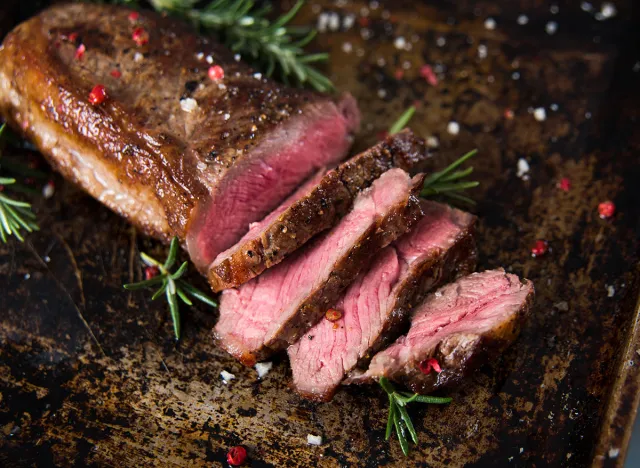
"High-end cuts like New York Strip Steak, Rib-eye, Tenderloin, and Top Sirloin are often considered to be the top-tier meat cuts and are known for being tender and more flavorful," says Barclay.
Although some cuts are considered to be higher end, when other cuts of meat are prepared properly, they can also deliver the same quality standard. "We also have cuts that require a different cooking method like short ribs, brisket, chuck roast, and London Broil, which cook low and slow, but deliver well on flavor and tenderness."
Sirloin steak
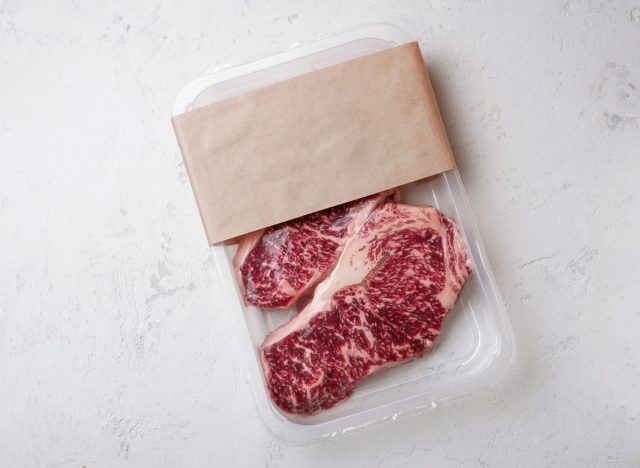
According to Ray Rastelli, Jr., Butcher and President of Rastelli Foods Group based in Swedesboro, New Jersey, a classic sirloin steak is a great-quality cut.
"This cut is versatile, lean, and economical, and I call it the "everything steak" because it has so many great benefits and uses. If you cut from the center of a sirloin, it is lean but tender, and loaded with flavor. A sirloin is considered a great value steak because it delivers a nice balance of satisfying flavor and tenderness, while remaining less expensive than ribeye, strips, or filets. As I mentioned before, they are incredibly versatile and work well for every meal, from the centerpiece of your plate paired with your favorite vegetable, to thinly sliced over a salad, or even paired with eggs for steak and eggs! No matter how you slice it, the sirloin steak is a great choice," says Rastelli.
100% grass fed beef
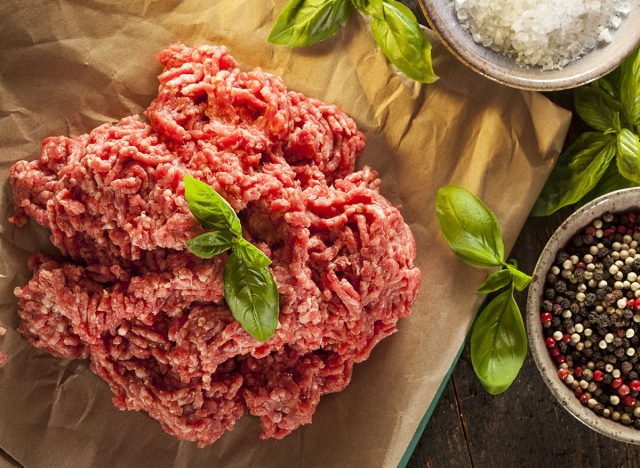
When you're watching your health or trying to cut back on red meat, Rastelli suggests ground beef as an option. "If you're looking for an overall 'better for you' option, I'd suggest grass-fed beef. In a 100% grass-fed product, the cattle spend their entire lives grazing exclusively on nutrient-rich grass and the end product is a rich and tender beef that is leaner than its grain-finished counterpart and high in omega-3 fatty acids," says Rastelli. "For example, our Rastelli's grass-fed beef sirloin contains up to 5 times the omega-3s, as compared to its grain-fed counterpart."
USDA prime black angus ribeye
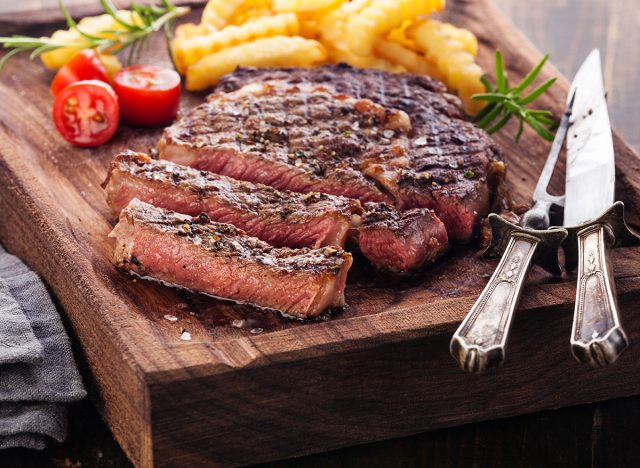
"The ribeye is a classic go-to for steak lovers and is also one of my personal favorites! Ribeyes are known for being well-marbled, tender, and juicy. What makes a ribeye so special is those beautiful white flecks throughout the steak. That's called marbling, which is intramuscular fat that breaks down while cooking and infuses the meat with unreal flavor. I like to call it 'Butcher Candy' and you'll find that a USDA Prime Black Angus Ribeye is even more intensely marbled compared to a choice or select ribeye steak," says Rastelli.
The worst cuts
If you're worried about the worst cuts to buy, Rastelli wants you to know that in reality, you can't go wrong with meat, and it truly depends on your own individual needs.
"In my opinion, there is no such thing as a 'bad cut.' Knowledge is power and it's all about understanding how to prepare the product, especially as we focus on humanely raised animals. We want to make sure that the whole carcass is utilized. For example, a tough cut of meat is excellent when it's marinated overnight. Every cut of an animal has a purpose and a use, if you learn how to handle, prepare and cook it properly," says Rastelli.
With that being said, there are a few types of meat cuts and a few different factors that you'll want to take into consideration when shopping for a particular cut of meat. Here are a few things to consider when it comes to the "worst cuts."
Eye of round
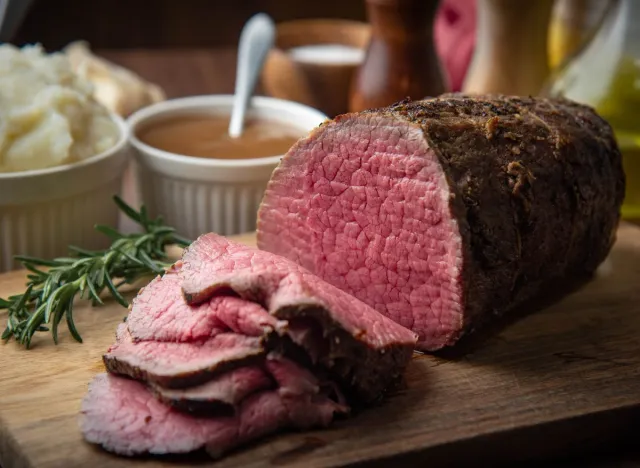
Eye of round is not a bad cut of steak. However, Barclay says that it may not be as good as some other choices because it is, "perhaps less flavorful and tender as the high-end cuts I previously mentioned is the eye of round."
That being said, when prepared as kebabs or a nice jerky, "the eye of round is still a good option," Barclay adds.
Cuts that don't have enough marbling
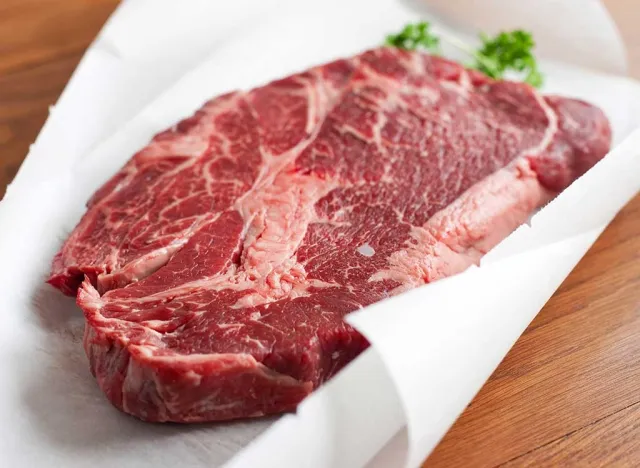
As Rastelli mentioned previously, marbling is something you definitely want in your steak cuts. And Barclay agrees, saying "marbling (or intramuscular fat) provides the flavor, however, you want the marbling to be even, and it doesn't have to be abundant to be great."
USDA Select-grade meats
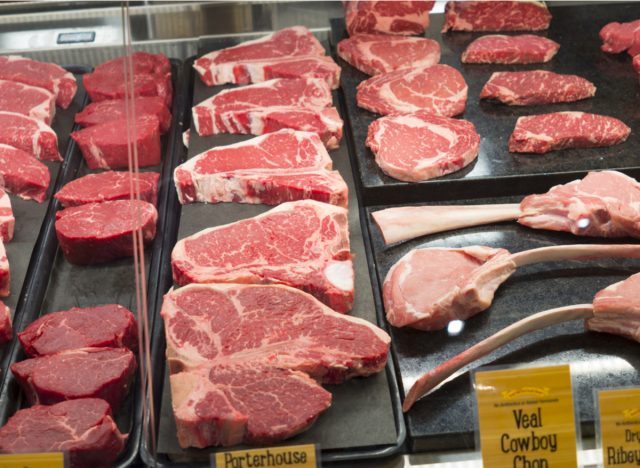
One way you can determine the quality of the steak and tell how much marbling will be in a steak is based on its USDA grading, says Rastelli. "The USDA grades meat into three different categories based on marbling score: USDA Prime, USDA Choice, and USDA Select."
"USDA Prime has the highest quality, meaning it has the most marbling. In a USDA Prime product, you can expect to have steaks with lots of rich white marbling running through them, compared to USDA Select which has very minimal marbling. If USDA Prime is out of budget, USDA Choice is a great option because it's more economically priced than USDA Prime Steak and has a much better eating experience than USDA Select," he explains.
The "Manager Special"
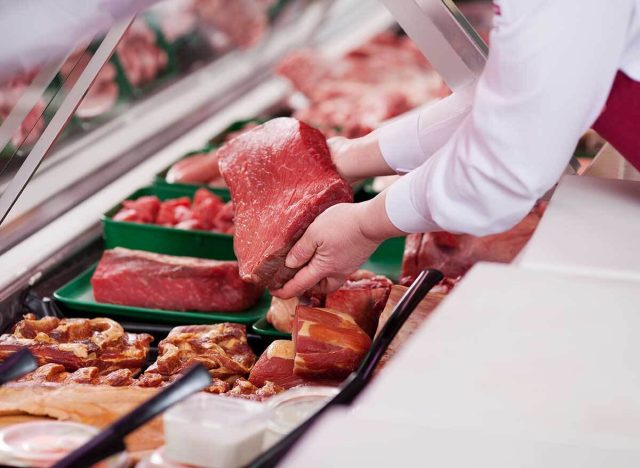
Many people may not be aware of the "Manager's Special," and again, this one isn't a "bad cut" of meat, but it's important to be prepared when walking into the store so you know what to look for.
"In most cases, items labeled 'Managers Special' or 'sale' are products closer to the end of their shelf life. There is nothing wrong with them, except how quickly they need to be cooked and consumed, so it's best to shop these types of meat items when you are prepared to cook and eat them right away," says Rastelli.









